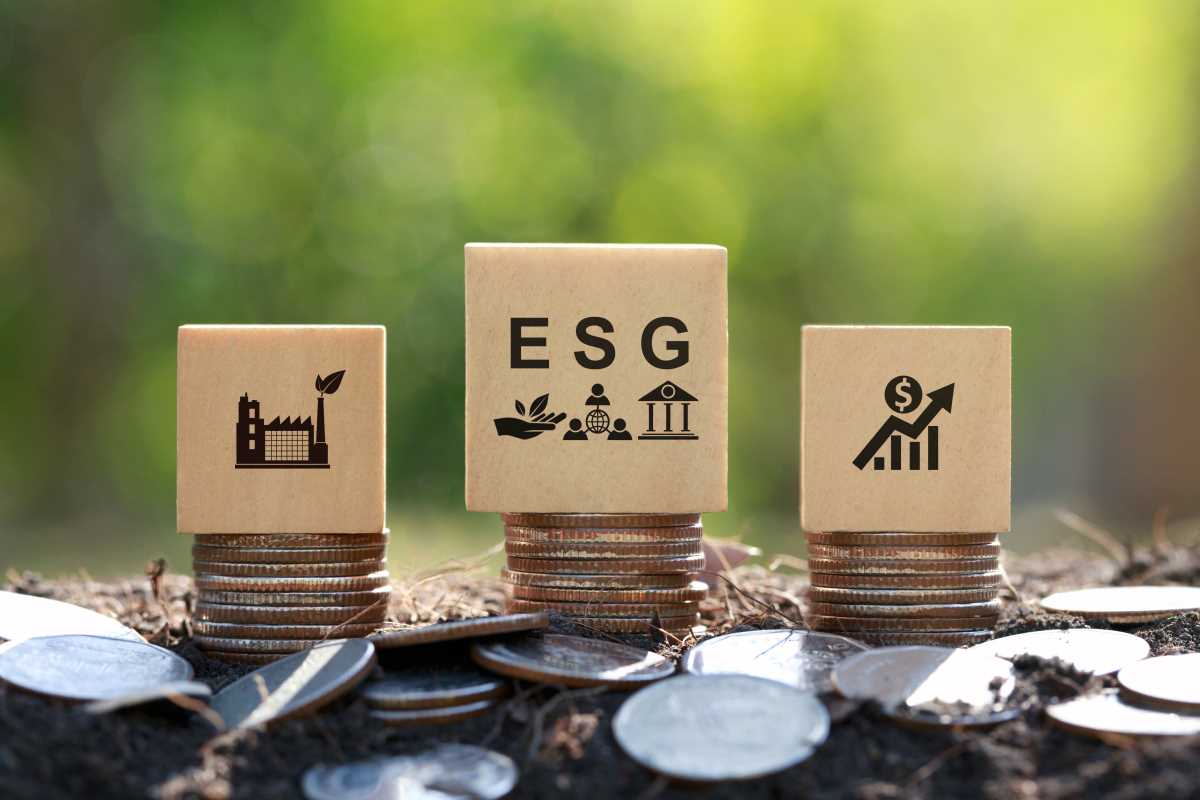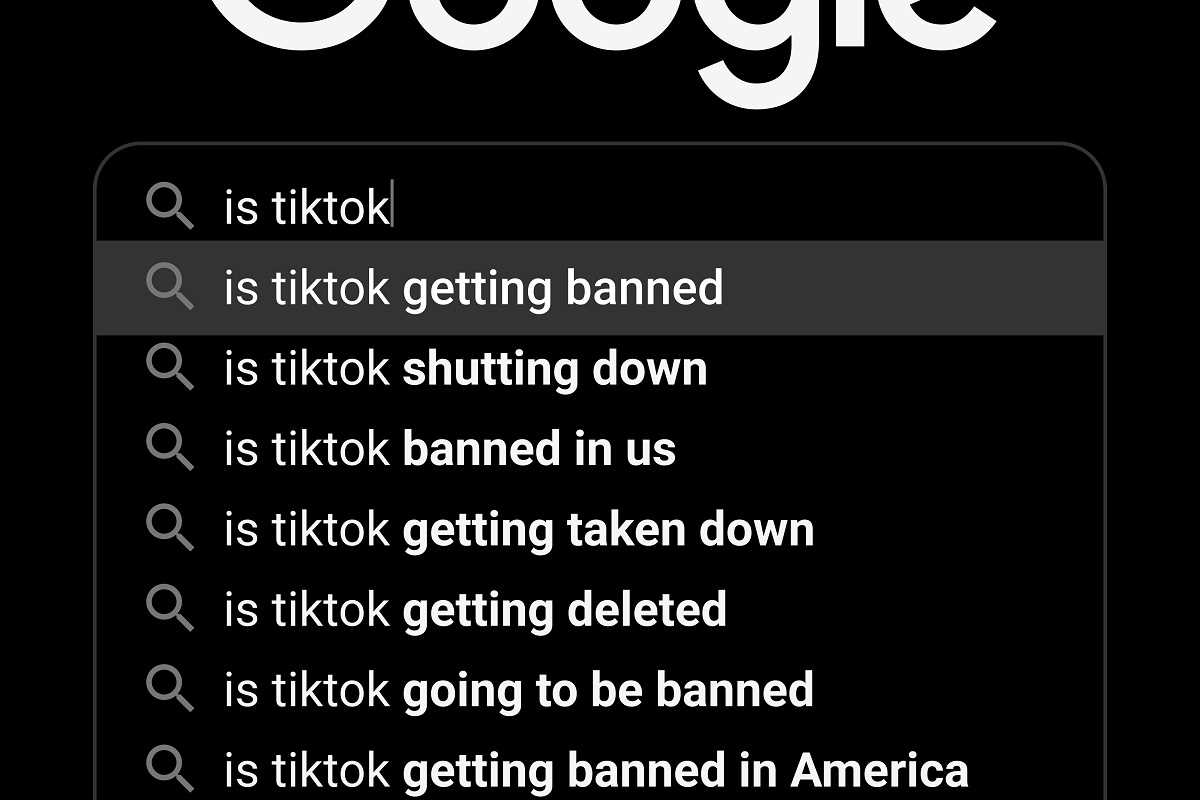If you've been exploring the world of investing, you've probably come across the term ESG. It stands for Environmental, Social, and Governance, a framework that looks at how companies perform in these three critical areas. For many people, ESG investments are appealing because they align their money with their values, supporting businesses that contribute to a better world.
But, there's a catch. While ESG investments are growing in popularity, not every company claiming to be "green" or "socially responsible" actually lives up to those claims. This is where greenwashing comes in—a sneaky tactic that can trick investors into thinking they’re supporting positive change when, in reality, they’re not.
Don’t worry, though. With a little know-how and some careful checking, you can spot real ESG opportunities and avoid falling for greenwashing. This guide will help you understand ESG investments, why they matter, and how to make sure your money goes where it can actually make a difference.
What Are ESG Investments?
ESG investments focus on three core areas that go beyond just profits. Let's break it down:
- Environmental: This looks at how a company impacts our planet. Does it produce a lot of pollution? Is it working toward renewable energy solutions? Think of businesses that try to fight climate change or preserve natural resources.
- Social: This covers how the company treats its employees, customers, and the wider community. Does it have fair labor practices? Does it promote diversity and equality? Companies involved in bettering society fall into this category.
- Governance: This refers to how a company is run. Does it have ethical leadership? Are its business practices transparent? Companies that avoid corruption and act responsibly earn high governance marks.
For example, if you're buying shares of a company that builds solar panels (environmental), treats its workers fairly (social), and maintains honest practices (governance), then you're engaging in ESG investing.
The main idea behind ESG is simple—do well and do good. You make money while supporting businesses that align with your values. Sounds great, right? Except there’s one problem...
What Is Greenwashing?
Greenwashing happens when companies exaggerate or even flat-out lie about how "green" or "ethical" they are to attract attention from conscious customers and investors. They might advertise themselves as eco-friendly or socially responsible, but their actions don’t back up those claims.
For example, a company might launch a huge marketing campaign talking about how their products are made with “sustainable materials,” but upon closer inspection, you find that only 5% of the product actually meets that standard.
Greenwashing is especially common in ESG investing. Since more investors care about sustainability and ethics these days, some companies want to grab their dollars without putting in the real effort to improve their ESG standards. This is why being an informed investor is so crucial.
How to Spot Genuine ESG Investments
Fortunately, greenwashing tactics can be exposed if you know what to look for. Here are some tips to help you identify authentic ESG investments and steer clear of misleading claims.
1. Dig into the Details
Look beyond the buzzwords. Just because a company says it’s “green” doesn’t mean it truly is. Check what specific actions the company is taking to meet environmental, social, or governance goals.
For example, if a company claims to be working toward carbon neutrality, examine its annual sustainability report to see if it outlines measurable actions like switching to renewable energy or reducing greenhouse gas emissions. The more specific the plan, the more credible it is.
2. Research ESG Ratings
Many agencies, like MSCI or Sustainalytics, provide ESG ratings for companies. These agencies analyze a company’s performance in environmental, social, and governance categories and assign a rating based on their findings.
While ESG ratings aren’t perfect, they’re a good starting point for evaluating whether a company is living up to its claims. Comparing ratings across different agencies can also give you a clearer picture.
3. Check for Third-Party Certifications
Legitimate ESG companies often have certifications from independent organizations that vouch for their practices. For example:
- B Corp Certification measures a company’s social and environmental performance.
- LEED Certification applies to eco-friendly buildings.
- Fair Trade Certification ensures fair wages and ethical sourcing.
Certifications like these confirm that the business has been evaluated and meets certain standards.
4. Pay Attention to Actions, Not Words
A company’s ESG efforts should be backed by action, not just good PR. Look at how they handle their employees, their energy use, and their community involvement. What initiatives have they launched? What is the company actively improving?
For example, a clothing brand might boast about being socially responsible, but if it outsources manufacturing to sweatshops, red flags should go up.
5. Know the Industry’s Risks and Challenges
Certain industries face unique ESG challenges. For example, an energy company will have environmental risks to address, while a tech company might focus more on data privacy and worker diversity. Knowing the challenges within a particular industry can help you evaluate if a company is genuinely making progress or just using greenwashed claims as a distraction.
6. Don’t Be Fooled by One-Time Efforts
Some companies promote one small “green” initiative while ignoring bigger issues. For example, they might plant trees as part of a campaign while continuing to pollute air and water. Genuine ESG companies look at the full scope of their practices and aim for long-term, sustainable improvements.
Why ESG Investments Matter
Investing in ESG isn’t just about doing what feels good—it can also pave the way for long-term financial growth. Companies with strong ESG practices are often better at managing risks, adapting to regulations, and building trust with their customers.
For instance, companies that prioritize renewable energy are better prepared for the transition away from fossil fuels. Those that focus on diversity and inclusion tend to enjoy stronger, more innovative workforces. These companies aren’t just checking boxes—they’re positioning themselves to stay relevant and successful in the future.
And on a personal level, ESG investments allow you to align your financial choices with your values. Whether it’s fighting climate change, supporting social justice, or promoting trustworthy leadership, ESG investing gives your money a purpose.
Final Thoughts
Navigating ESG investments might seem tricky at first, but it’s completely doable with the right approach. By digging deeper into company practices, researching ESG ratings, and understanding the risks of greenwashing, you can confidently put your money into investments that truly align with your values.
Just remember—real ESG businesses won’t only talk the talk; they’ll walk the walk. Do your research, ask questions, and stay curious. The more you know, the better decisions you’ll make.







